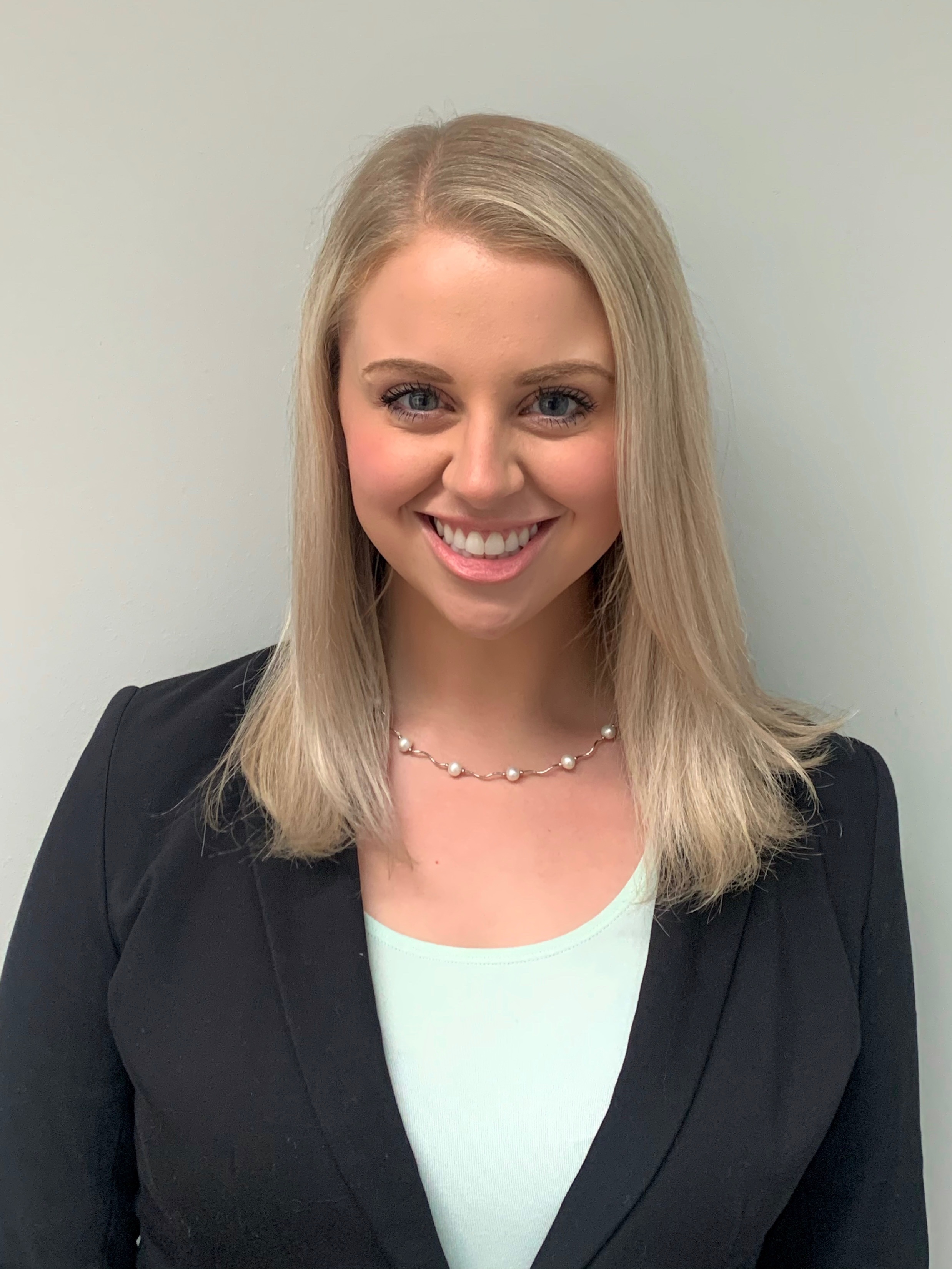Addictive Behaviors
Characterizing Ultra-Processed Food Addiction in Adults Enrolled in a Behavioral Weight Loss Treatment
(PS1-8) Characterizing Ultra-processed Food Addiction in Adults Enrolled in a Behavioral Weight Loss Treatment
- CH
Chloe M. Hessler, B.A.
Research Coordinator
Drexel University
Clark, New Jersey, United States 
Madison L. Corso, B.A.
Master's Student
Drexel University
Philadelphia, Pennsylvania, United States- MB
Meghan L. Butryn, Ph.D.
Professor
Drexel University
Philadelphia, Pennsylvania, United States 
Erica M. LaFata, Ph.D.
Assistant Research Professor
Drexel University
Philadelphia, Pennsylvania, United States
Author(s)
Co-Author(s)
This study involves baseline data from a larger clinical trial of a 24-month BWL program. The current sample included 241 adults who had overweight or obesity M=53.42; SD = 10.85), and were predominantly female (78.0%) and white (82.6%). Additional self-reported demographics included age, race, ethnicity, employment, student status, and marital status. The Modified Yale Food Addiction Scale 2.0 (mYFAS2.0) was used to assess UPF addiction, providing a symptom score reflecting DSM-5 SUD criteria with respect to UPF intake (0-11) or a dichotomous “diagnostic” score met by endorsing 2+ symptoms and either impairment or distress. Psychosocial variables included social support for diet and exercise (Sallis Social Support for Healthy Behaviors), internalized weight bias (Weight Self Stigma Questionnaire;WSSQ), and hedonic drive for palatable foods (Power of Food Scale; PFS). Correlations, t-tests, and chi-square tests were utilized to assess associations.
Average mYFAS2.0 symptom scores were M = 1.25 (SD = 1.91), and 13.3% of participants met diagnostic criteria. Students had higher mYFAS 2.0 symptoms (M = 2.50, SD = .69) than non-students (M = 1.86, SD = .12), t(239)=-2.36, p = .019. No other demographic differences in mYFAS 2.0 scores emerged (ps > .12). mYFAS 2.0 symptom count was significantly associated with 1) social support (r = .24, p < .001); 2) WSSQ total score (r = .38, p < .001) and subscales reflecting self-devaluation (r = .36, p < .001) and fear of enacted weight stigma by others (r =.31, p < .001); and 3) PFS total score (r = .50, p < .001) and subscales reflecting hedonic drive related to the availability (r = .51, p < .001), presence (r = .48, p < .001), and taste of palatable foods (r = .37, p < .001)]. Findings were replicated for mYFAS2.0 diagnostic score (ps < .001). Adults seeking BWL treatment had comparable rates of UPF addiction as previously estimated in the general population (14%). Students had elevated UPF addiction, which may reflect the convenience and cost-effectiveness of UPFs. . UPF addiction was correlated with internalized weight bias and hedonic hunger, which have been independently associated with worse BWL outcomes, possibly explaining worse BWL results in UPF addiction in prior studies. UPF addiction was surprisingly associated with increased perceptions of social support for diet and exercise, which may suggest greater social support for avoiding UPFs. This research provides a foundation for future longitudinal treatment studies to explore interactions between UPF addiction and psychosocial variables on BWL treatment outcomes.

.png)
